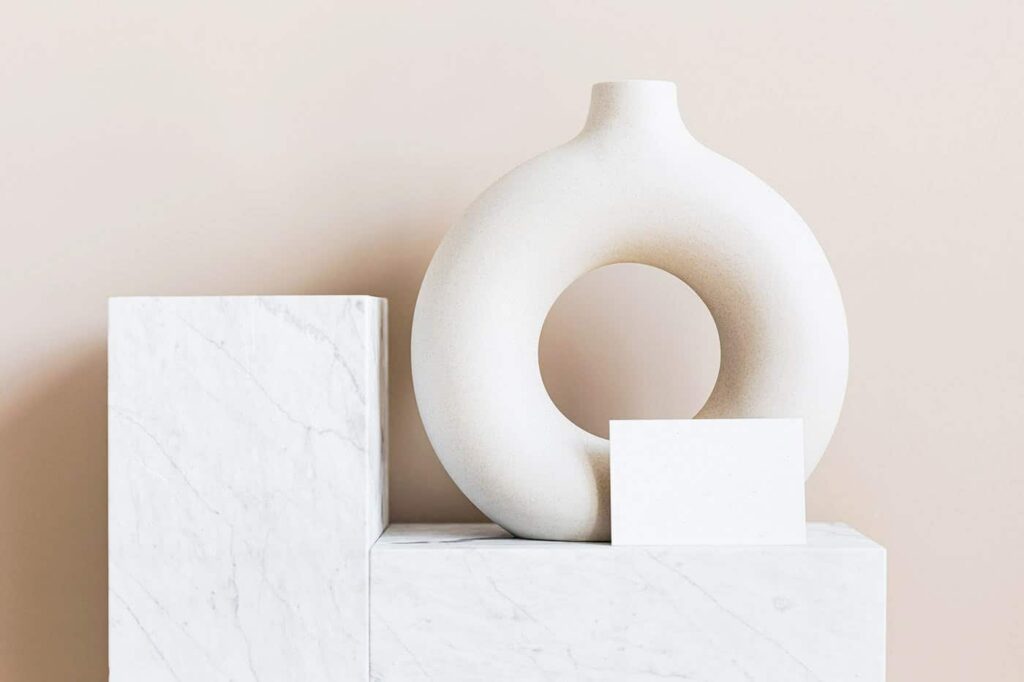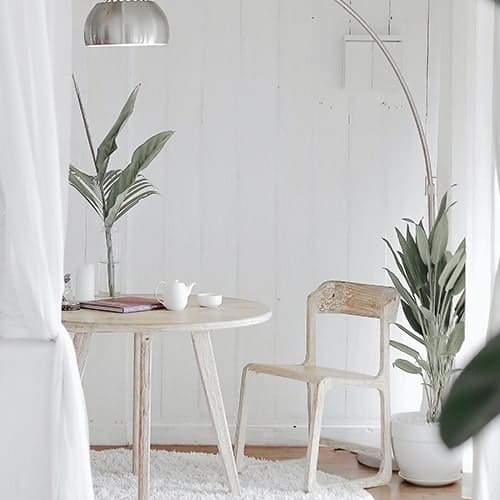Interior design has undergone a significant transformation in recent years, with the rise of digital technology and virtual reality (VR) changing the way designers approach their craft. The traditional methods of sketching and drafting have given way to digital design experiences, offering a more immersive and interactive way to bring designs to life. In this article, we’ll explore the benefits and challenges of digital design experiences in interior design, and how they’re revolutionizing the industry.
The Rise of Digital Design Experiences
With the increasing popularity of digital technologies, interior designers are now expected to have a strong understanding of digital design tools and software. This shift has led to the development of digital design experiences, which allow designers to create immersive and engaging experiences for their clients.
Benefits of Digital Design Experiences
So, what are the benefits of digital design experiences in interior design?
- Increased Accuracy: Digital design experiences enable designers to create highly accurate and detailed designs, reducing the risk of errors and miscommunications with clients.
- Improved Collaboration: Digital design experiences facilitate seamless collaboration between designers, clients, and contractors, ensuring everyone is on the same page.
- Enhanced Client Experience: Digital design experiences provide clients with a more interactive and engaging experience, allowing them to visualize and interact with their design in a more meaningful way.
- Increased Efficiency: Digital design experiences streamline the design process, reducing the time and costs associated with traditional methods.
- Increased Flexibility: Digital design experiences offer greater flexibility, allowing designers to make changes and adjustments quickly and easily.



Digital Design Experience Tools and Software
There are numerous digital design experience tools and software available, each with its own unique features and benefits. Some popular options include:
- SketchUp: A popular 3D modeling software used by architects and interior designers.
- Autodesk Revit: A building information modeling (BIM) software used for architectural and interior design.
- Figma: A cloud-based design tool for user interface (UI) and user experience (UX) design.
- VR and AR Tools: Virtual and augmented reality tools, such as Google Cardboard and Microsoft HoloLens, are changing the way designers interact with their designs.
Challenges and Limitations
While digital design experiences offer numerous benefits, there are also some challenges and limitations to consider:
- Technical Issues: Digital design experiences can be affected by technical issues, such as software glitches and connectivity problems.
- Limited Creativity: Some designers may feel constrained by the limitations of digital design experiences, feeling that they lack the creative freedom of traditional methods.
- Client Acceptance: Some clients may be resistant to digital design experiences, preferring more traditional methods.
- Training and Support: Digital design experiences require designers to have the necessary skills and training to operate the software and tools effectively.
The Future of Interior Design: The Rise of AI
As the interior design industry continues to evolve, Artificial Intelligence (AI) is poised to play a significant role in shaping the future of the profession. With the increasing adoption of AI-powered design tools and software, interior designers are now able to leverage machine learning algorithms to streamline their workflow, enhance their creativity, and provide clients with more personalized and tailored design solutions.
AI-Powered Design Tools
AI-powered design tools are revolutionizing the way interior designers work. By harnessing the power of machine learning, these tools are able to analyze vast amounts of data, identify patterns and trends, and provide designers with insights and recommendations that can inform their design decisions.
- Space Planning: AI-powered tools can analyze floor plans and provide designers with space planning solutions that optimize the use of space.
- Color Palette Generation: AI-powered tools can generate color palettes that are tailored to a client’s personal style and preferences.
- Furniture Recommendation: AI-powered tools can recommend furniture pieces that are tailored to a client’s specific needs and preferences.
The Benefits of AI in Interior Design
The adoption of AI in interior design offers numerous benefits, including:
- Increased Efficiency: AI-powered design tools can automate repetitive tasks, freeing up designers to focus on more creative and high-level tasks.
- Improved Accuracy: AI-powered design tools can reduce errors and inaccuracies, ensuring that designs are accurate and on-brand.
- Enhanced Creativity: AI-powered design tools can stimulate creativity and inspire new design ideas.
- Personalized Solutions: AI-powered design tools can provide clients with personalized design solutions that meet their unique needs and preferences.
The Challenges of AI in Interior Design
While AI has the potential to revolutionize the interior design industry, there are also some challenges to consider:
- Data Quality: The quality of the data used to train AI algorithms can significantly impact the accuracy and effectiveness of the results.
- Design Aesthetics: AI-powered design tools may struggle to replicate the creative vision and aesthetic sense of a human designer.
- Client Acceptance: Some clients may be resistant to the idea of AI-driven design, preferring more traditional and human-centered approaches.
Key Takeaways
As the interior design industry continues to evolve, it’s essential to stay up-to-date with the latest digital design experiences and technologies. Here are some key takeaways to consider:
- Invest in Digital Design Experience Training: Take the time to learn and master digital design experience tools and software.
- Invest in AI Training: Invest in training and education to stay up-to-date with the latest AI-powered design tools and software.
- Understand Client Needs: Understand your clients’ needs and preferences, and be prepared to adapt to their changing needs.
- Stay Up-to-Date with Industry Trends: Stay informed about the latest digital design experience trends and technologies.
- Embrace Creativity: Don’t be afraid to think outside the box and push the boundaries of what’s possible with digital design experiences.
- Focus on Human Creativity: Remember that AI-powered design tools are meant to augment human creativity, not replace it.
- Foster Collaboration: Foster collaboration between designers, clients, and contractors to ensure a seamless design process.
Final Thoughts
There is no doubt that digital design experiences are revolutionizing the interior design industry, offering a more accurate, efficient, and engaging way to create and collaborate on designs. If you appreciate the benefits and challenges of digital design experiences, designers can stay ahead of the curve and provide their clients with the best possible service.








